‘I want people to feel uncomfortable’: Opening our eyes to the trauma faced by the Roma
For the Roma, the anguish of the past is part of a collective memory – it is the rest of us who turned away. Stephen Applebaum speaks to the creator of a new film called ‘The Deathless Woman’ who is seeking to amplify voices we should be listening to
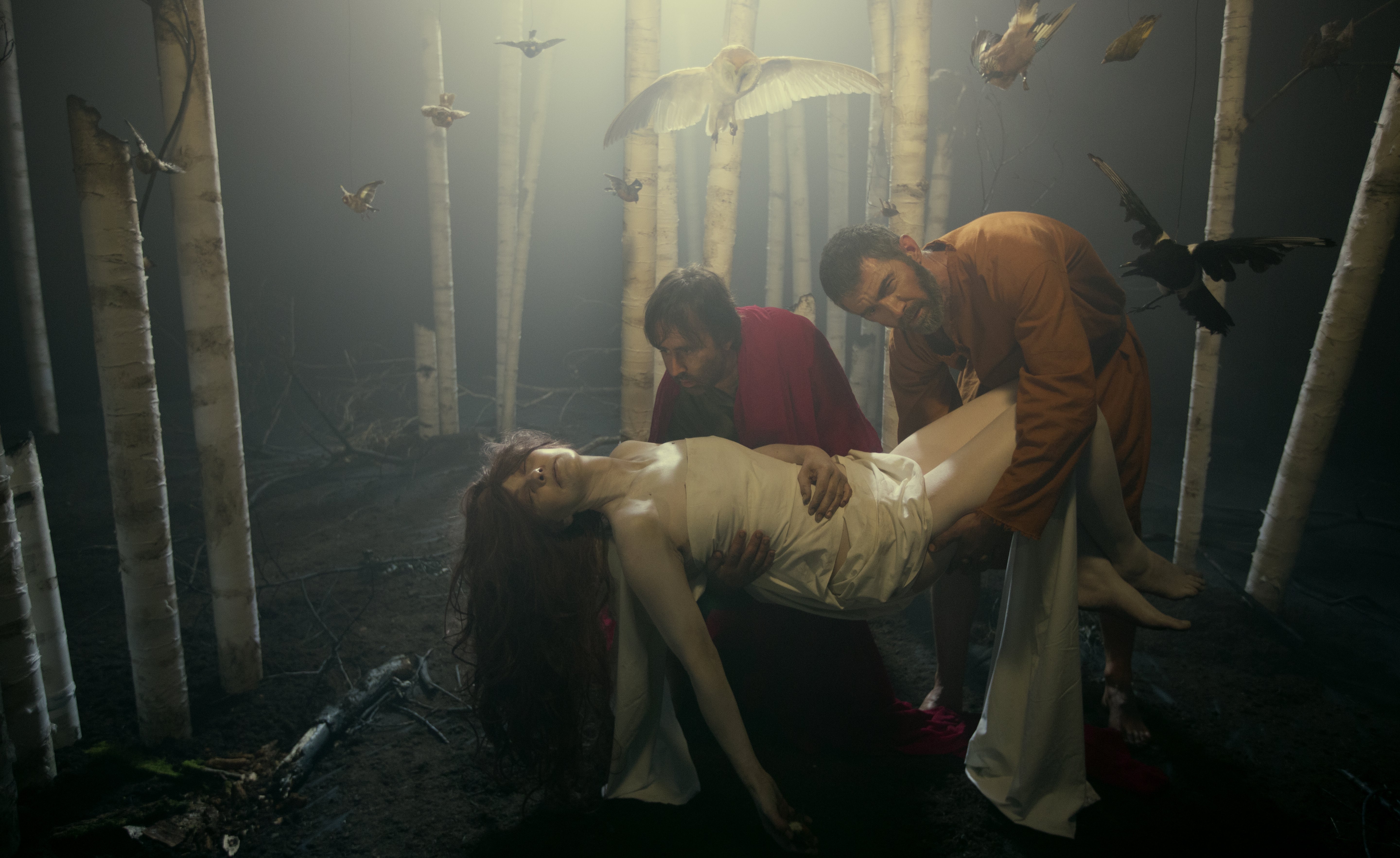
Around 500,000 people were murdered in the Romani Holocaust, or Parajmos (“the devouring”), yet their stories and those of survivors are rarely ever heard. This is not only because the genocide was overlooked for a long time, Jonathan Lee, from the European Roma Rights Centre, told the charity EachOther, but because it was “actively silenced throughout Europe”.
By not being absorbed into the collective memory of the Nazi Holocaust, the genocide did not become a moral bulwark against the hostility, prejudice and violence that the Roma, Europe’s largest ethnic minority, have historically suffered.
Even today, as they try and flee the war in Ukraine, some of the country's 400,000 Roma have had their anguish compounded by institutional hostility and negative stereotypes. There have been reports of Roma being chased away from reception points and families not being allowed in cars and busses offering transport. In Moldova, they have found themselves dumped in ethnically segregated reception centres with poor living conditions, while many who arrived in Poland have struggled to find people who will rent homes to them. For the Roma, “never again” has a hollow ring.
“When Hitler was planning the Final Solution, he said, ‘who remembers the Armenians?’,” says the London-based filmmaker Roz Mortimer, referring to the systematic killing and deportation of Armenians by the Turks of the Ottoman Empire during the First World War. “That genocide was denied for many, many decades, and that’s exactly what’s happened to the Roma. The history is not there, so it continues.”
Mortimer is not Romani herself, but she has been helping to give the Roma a voice and raise awareness about their experience by touring the country with an intriguing, politically-charged hybrid documentary, The Deathless Woman, and holding Romani language workshops led by the film’s language consultant, Juice Vamosi.
Part ghost story, part revelatory history lesson, part warning, part call to arms, the film is a powerful witness bearer to an unjustly maligned people’s trauma, and a disturbing exposure of the violence, marginalisation and dehumanisation Roma still face across Europe.
According to Maria Palmai, a Roma activist with the Roma charity Kaskosan, who has been working with Mortimer on the tour, many feel hatred towards Roma in the UK has increased in recent years due to the growing number of east European Roma migrants. However, they find the UK safe compared to eastern Europe, she says.

A better life does not necessarily mean a life free from the prejudices that dog them elsewhere. While many Roma may have “escaped eastern Europe and the multi-generational trauma of oppression, extra-deep and long-lasting poverty, discrimination, and escalating anti-gypsyism,” says Vamosi, they still “find themselves discriminated against daily in the UK, too.”
That Mortimer would become “entangled” with Roma history and culture was not a given. In fact, getting to this point has been a long and gradual process that started over a decade ago, when she and her partner, Jeremy Williams, were in Berlin, standing where Hitler’s bunker used to be, and being struck by the unexpected banality of the scene.
“It is basically just a really ugly block of flats with a car park outside where his bunker was,” she says. “We thought, ‘wow, this is a very dark place but people are just going about their life.’ There’s no marker about it. Nothing.”
The absence of any indicator of what happened there started Mortimer thinking about the conscious choices that societies make about what they do and don’t memorialise, and how one might deal with these unmarked sites where terrible things have occurred as an artist.
“If you have got this place, which is a car park or might even be a mass grave where there’s still lots of bodies underground, but there’s actually nothing to see, how do you approach that?”
To begin trying to answer the question, she took to the British Library to research landscapes where atrocities had happened that were not memorialised. After filling reams of notebooks she eventually reduced her search down to the 20th century, pinpointing, initially, three, then four atrocities.
“So I was looking at the Armenian genocide, Stalin’s famine genocide in Ukraine [the Holodomor], and the Bosnian war. I kind of left out the middle of the 20th century because the Holocaust is like the elephant in the room, but I just thought that’s so memorialised already, I won’t find anything.”
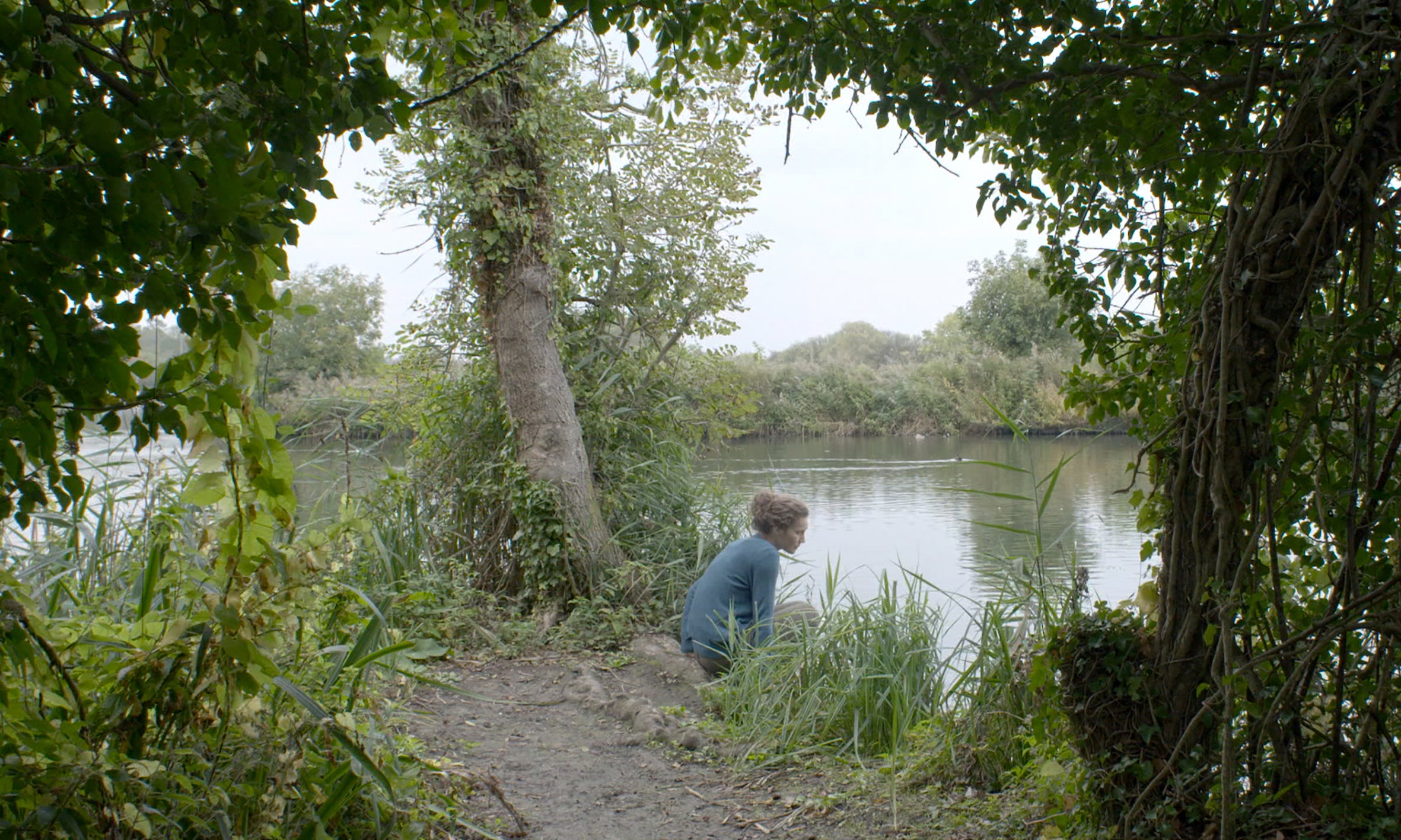
Deciding to focus on the Armenian genocide, she went to Syria in 2010 on a research trip and travelled down from Aleppo, following the route of the death marches to Deir Ezzor. She had to leave Syria for a job in the United States, intending to return in a few months. The outbreak of the Syrian war made this impossible though, and she was forced to shelve the Armenian project.
Mortimer went back to her notes and found a photograph that she had discovered in Ágnes Daróczi’s book, Pharrajimos, of Lake Grabler, in Várpalóta, Hungary, with the caption (after being translated from the original Hungarian with Google), “unmarked graves”.
The lake had not always been there but was a man-made feature that covered land where, in 1945, Roma, rounded up from the nearby towns of Várpalóta and Székesfehérvár by members of the Hungarian fascist Arrow Cross party and local police officers, were forced to dig their own graves in snow-covered earth, before being shot. The remains of 118 massacred women and children still rest at the bottom of the lake.
Mortimer and Williams went to Várpalóta and set up a camera at the edge of the water.
“I had started doing this thing at... sites of atrocity where I’d just fix it and let it run for a long time. So almost like a really, really, really long exposure, just as a sort of experiment to see if there might be some sort of residue that might come through. So I was thinking about trauma and how it manifests itself, and whether you might be able to feel it.”
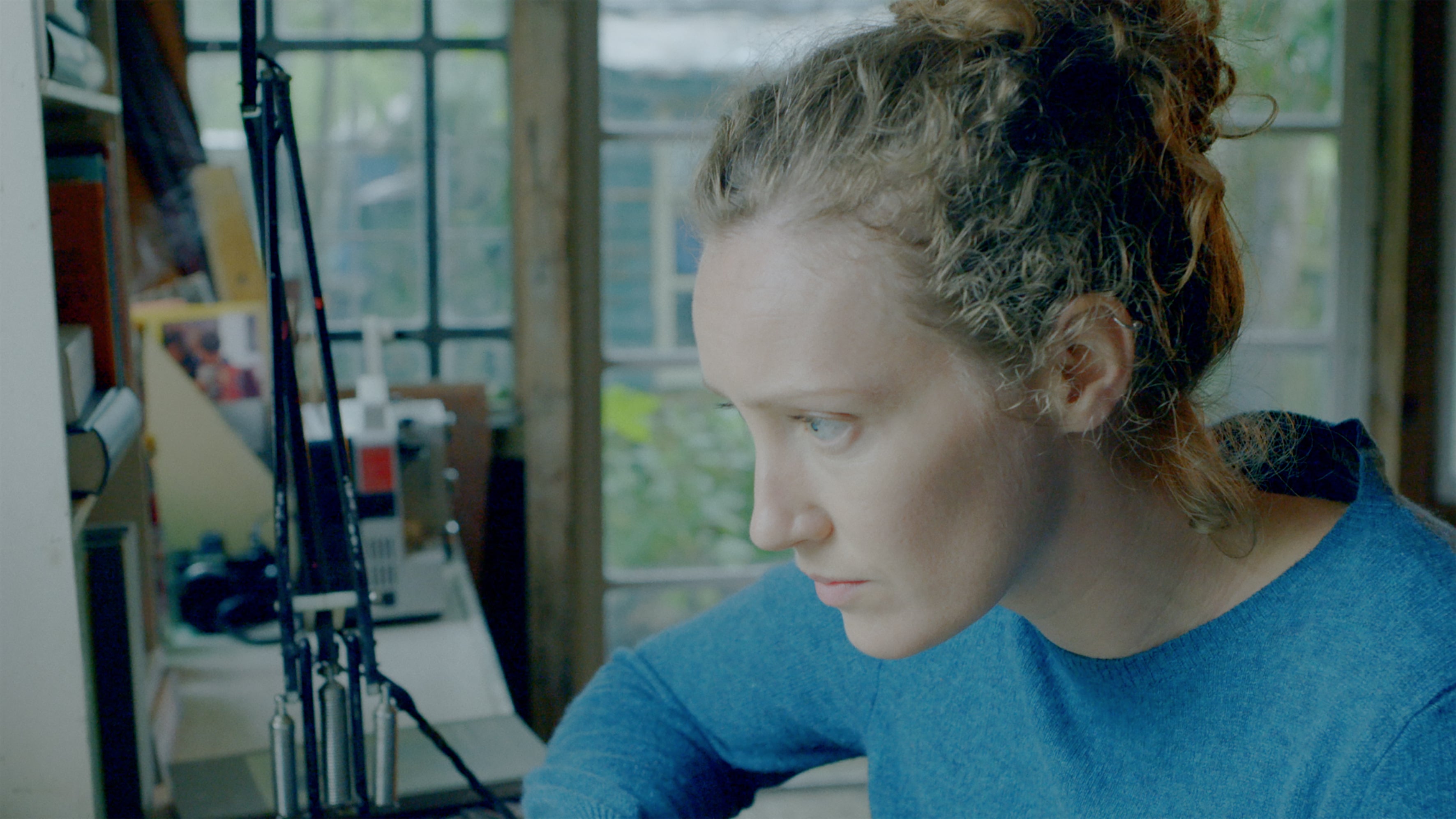
Standing by the lake made them both very uneasy. “But we kept going back, day after day, filming it in different weather conditions, just trying to find those traces. And I started looking at trees and weather patterns and birds and trying to understand how they were affecting me and my body.”
I ask if her interpretation of her experience of a place that she has chosen to investigate, or a feeling that it has conjured, is partly based on the fact that she knows something happened there. Is there an element of projection involved?
“I think it is a two-way thing,” she says. “I think there’s an intentionality from me, as I’m looking for it, trying to be receptive, trying to be open to it. And I think there’s also an intentionality from whatever is there to communicate once you make yourself receptive.”
She still cannot fully explain what happened when she went to the small village of Bielcza, in Poland, to find the unmarked mass grave of a massacred Roma family. Adam Bartosz, the then director of the Tarnow regional museum, had drawn her a rough map, and told her to look for an indentation in the ground, between the houses and bushes. “He’d marked the wrong place on the map,” Mortimer recalls, “so I was looking in the wrong place and couldn’t find it.”
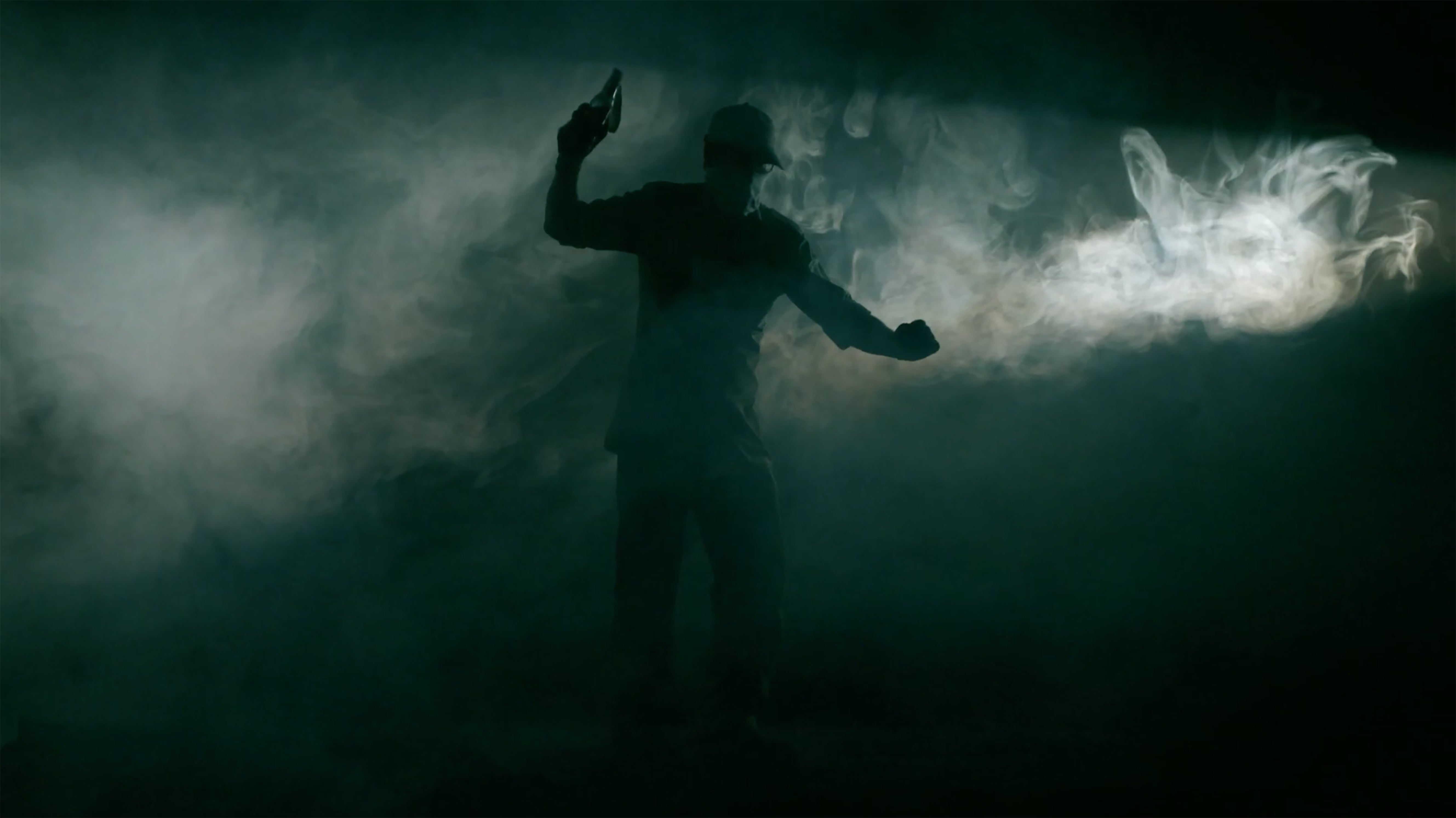
As she and Williams drove around, they found themselves returning repeatedly to the same crossroads. “By the third time, I said, ‘it feels like something’s trying to keep us here.’” Later that evening, back in Tarnow, a thick fog fell that stopped them from leaving.
The next day, Bartosz arranged for her to meet Zofia Kilian, a Polish woman who lived in Bielcza, who took her to a wooded area close to her house where the grave had been. To Mortimer's astonishment, it was next to the crossroads.
The filmmaker returned nine months later, with an interpreter, and interviewed Kilian. She said that when she moved to the house, she was told that a Roma family were shot in the woods in 1942, and that the matriarch had refused to die quietly, kept getting up, and cursed her killers as they buried her alive. In 1960, she personally witnessed the woman’s corpse being exhumed from the grave, along with the bones of her family, for reburial in a cemetery in the town.
Kilian claimed that despite being dead for 18 years, the matriarch’s body miraculously emerged from the ground perfectly preserved. Inspired by Kilian’s hand gestures as she’d agitatedly stood by the grave almost a year earlier, describing events in Polish, Mortimer stages the disinterment as a tableau vivant based on Caravaggio's painting, The Entombment of Christ.
Soon after hearing this incredible story, Mortimer felt an overwhelming urge to write it down from the point of view of the murdered matriarch. “To be honest I don't know what happened,” she says. “It was a very immediate response.” The speaker eventually became the Deathless Woman, who, at the start of the documentary, rises spectrally from her grave, filled with anger and hatred, to become the film’s Romani narrator and guide through moments in Roma history, from the Second World War to the present day.
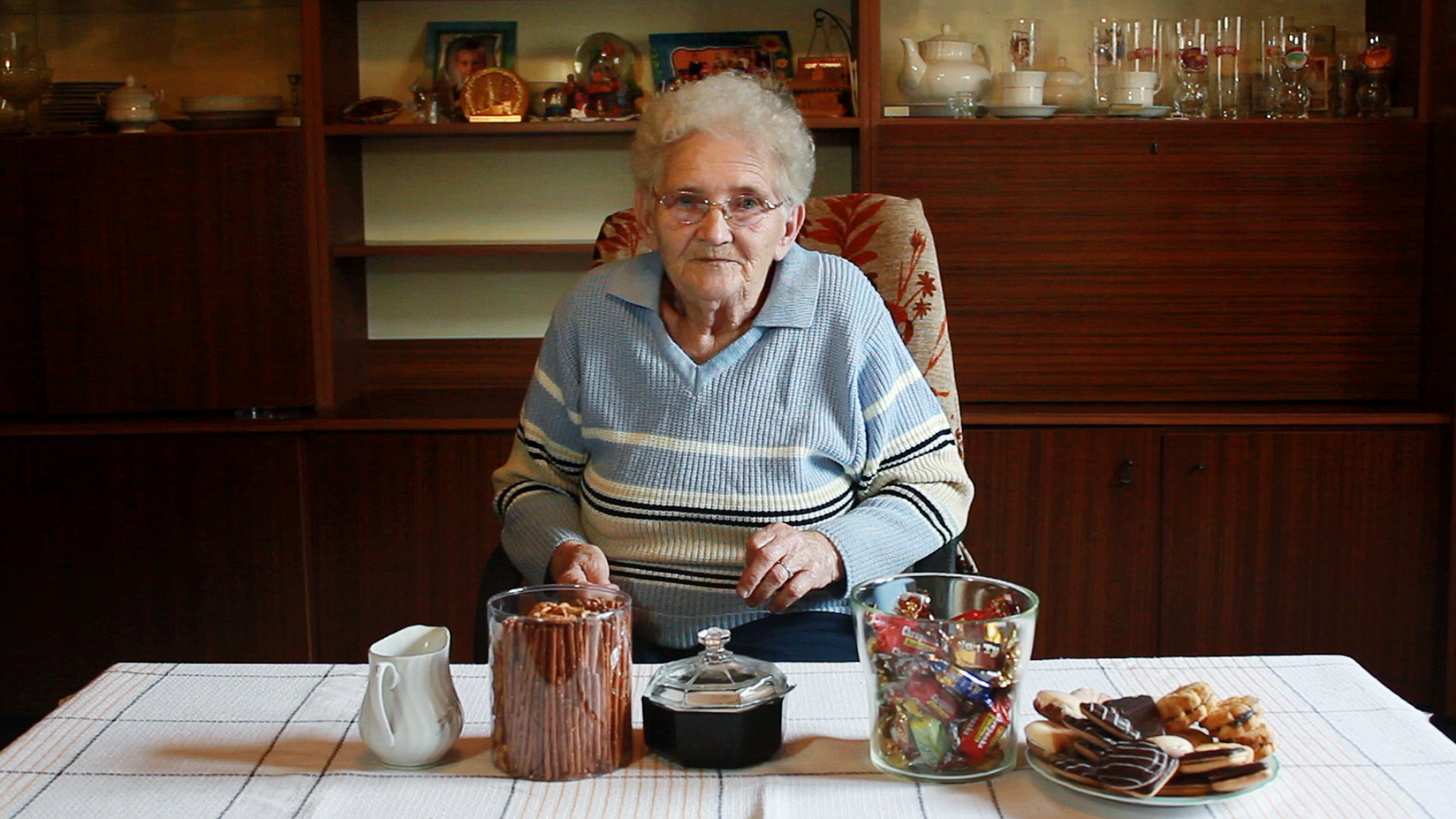
Mortimer had initially set out to focus on the relationship between trauma and the land, and was surprised when she suddenly started meeting Roma and non-Roma people who had been children during that time. “It hadn’t occurred to me I would meet people who had witnessed it and were still living there.”
Some, such as Janina Buczek, a woman in Zabno, Poland, who took Mortimer to a patch of wheat where she had seen the bodies of murdered Roma being buried when she was 12, were telling their stories for the first time.
“The reason Janina had never told anybody about what she’d seen in that wheat field was because she was absolutely petrified as a child that there’d be some repercussions,” says Mortimer. “So she’d only ever told her family, she hadn’t even told the local historians.”
People, she believes, felt a need to speak. They were all elderly and some were quite ill, she says, “and there was definitely a sense of mortality there. And quite a few of the witnesses said the same thing to me: ‘I can’t get it out of my head, and now it’s yours. Now I’m giving it to you.’ So there was, maybe, a need to unburden themselves, to try and move on from the trauma, but also a need to fulfil their responsibility as witnesses to tell and have it on record.”
It’s about all of us and how we turned a blind eye to what’s been happening. And we’re all culpable for that. I’m not saying that we’re bad people but we don’t look very hard to try and see it
For the Roma, the past is not dead. History keeps repeating itself, and in the film is put through different iterations. There are echoes everywhere, whether they be in the form of multiple different versions of the scene painted by Caravaggio pinned to a character's wall, or an aged Polish man's memory of a Roma youth being shot at as he ran for his life being replayed years later both as a semi-re-enactment for the film, and as an obscene video game Mortimer discovered, in which players were invited to gun down Roma.
Judit Lang, the daughter and granddaughter of the only two survivors of the Várpalóta massacre, says Hungary did not process the past and the Roma are still haunted by what happened. “The Second World War was not that long ago, so these things are still frightening today. I’m afraid, of course,” she tells the filmmaker.
Why Lang has good reason to fear being Romani in Hungary is summed up by Erzsebet Csorba, who sadly recounts the night that her young son and grandson were driven out of their home in the village of Tatarszentgyorgy, near a forest 30 minutes from Budapest, by arsonists, and then shot dead, during a killing spree by neo-Nazis in 2009.
Even after the murder, the family still found themselves being harassed. Did Csorba have to overcome any fear to speak on camera?
“She was just exhausted by it,” says Mortimer. “I don’t think she was afraid. I think that she had no fear left. The amount of awfulness that they had had to endure was just immense. She was reluctant to talk, she didn’t really want to do it, but she knew that it was the right thing to do.”
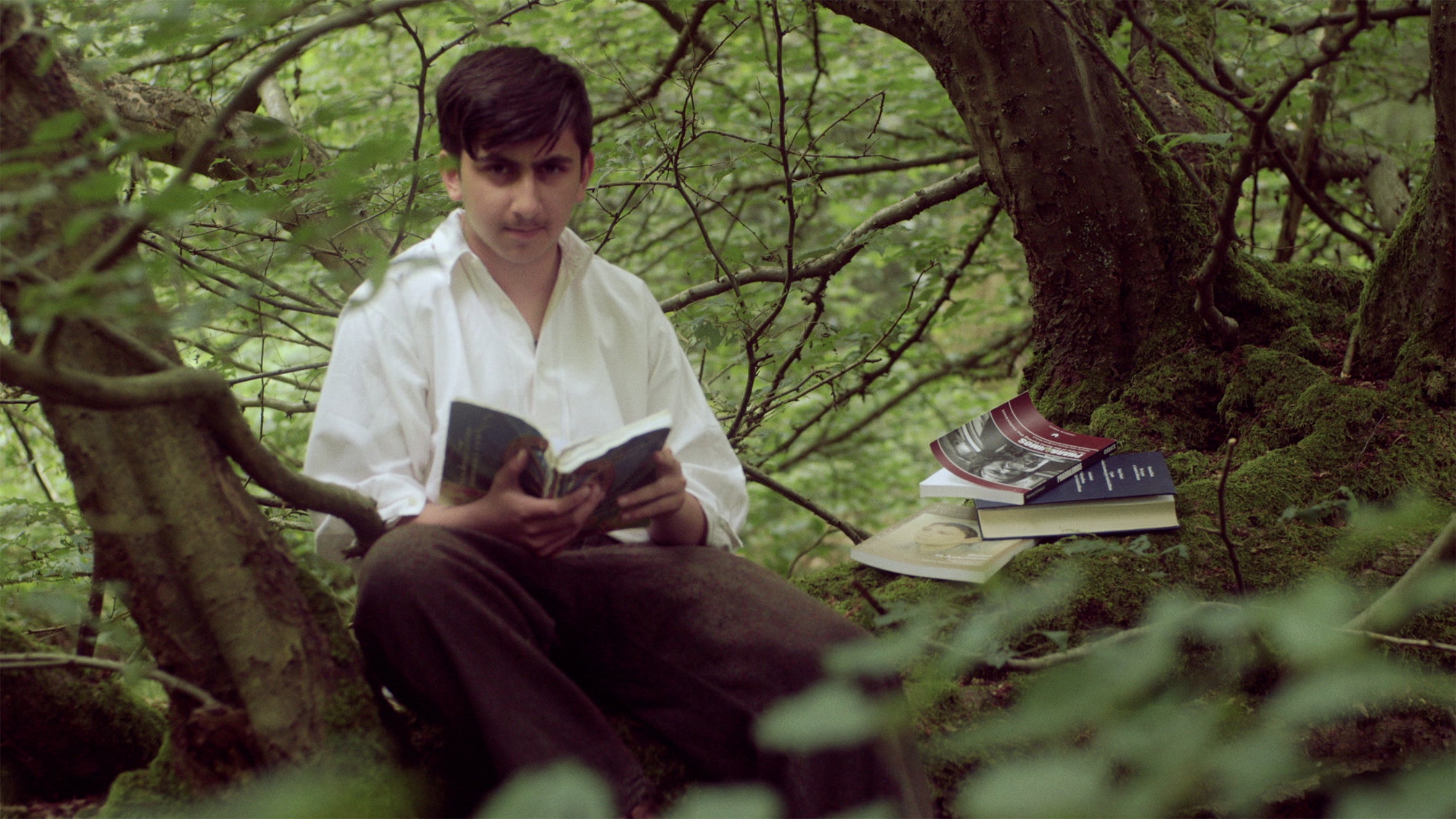
Csorba was still living next to the burnt remnants of her son’s house when she was interviewed. “They had no choice,” says the director. “That family are so impoverished they can’t move, so they are stuck there. They’re having to live right next to where the murder happened every day. It’s extraordinary. Can you imagine what it's like to live like that?”
The hate does not hide in shadowy corners as it might have once done. Today, it is all over the internet. A student showed Mortimer how to access the dark web, but it wasn’t necessary. “It’s all on YouTube. Anyone can see it.”
No wonder Roma have often felt reluctant to tell their stories. There can be an element of fear, but also the feeling that no one would be interested in hearing what they have to say even if they did want to talk. When Mortimer filmed the scene mentioned above of a boy running through a wood, his mother told her tearfully, “I can’t believe that white people are interested in our history and our story.”
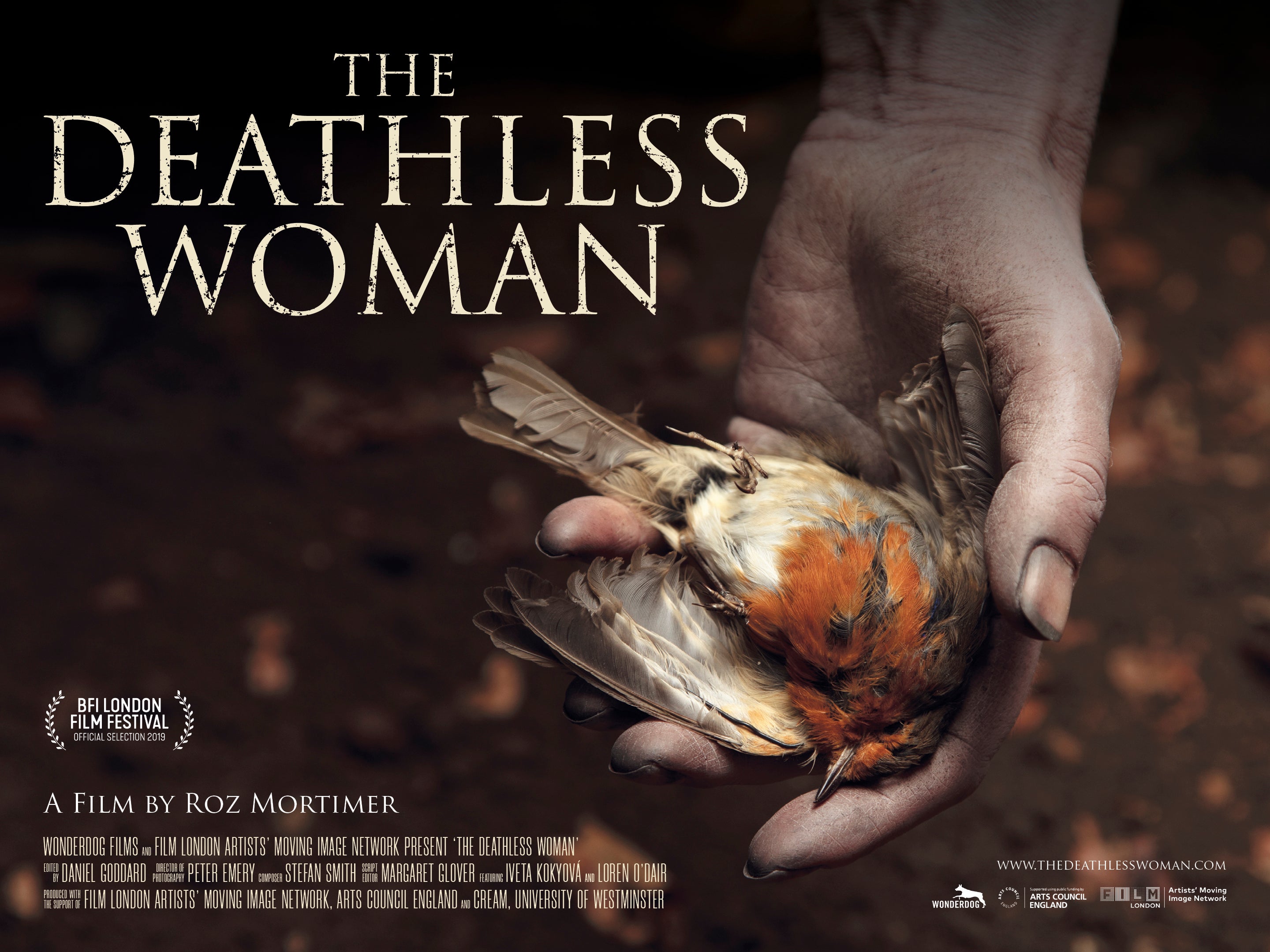
The Deathless Woman gives Roma a point around which they can express themselves in the knowledge that someone is listening. When they watch the film, says Vamosi, “it breaks their decades of silence, and their own Holocaust and antigypsyism stories start pouring out.”
“Roma have been amazed to see the way a restless Romani ghost presents the story,” adds Palmai. “Because she speaks in Romani language, they owned the story completely. In our family, we all felt lucky to be alive because our grandmother, unlike most, survived the Holocaust.”
Describing herself as a political filmmaker first, Mortimer says that she does not actually feel like she has made a film about the Roma. For her, it is about “the rest of us”.
“It’s about all of us and how we turned a blind eye to what’s been happening. And we’re all culpable for that. I’m not saying that we’re bad people but we don’t look very hard to try and see it, and it’s all there right in front of our eyes. In this country, very little of this stuff is reported in the papers or on the news.
“I want people to come out of the film and feel uncomfortable. I’d like to make people feel quite uncomfortable about their own position in it all.”
Roz Mortimer’s ‘The Deathless Woman’ is screening in Sheffield and Leeds on Saturday 2 and Sunday 3 July, together with free Romani language workshops run by Juice Vamosi. Full details can be found here




Join our commenting forum
Join thought-provoking conversations, follow other Independent readers and see their replies
Comments